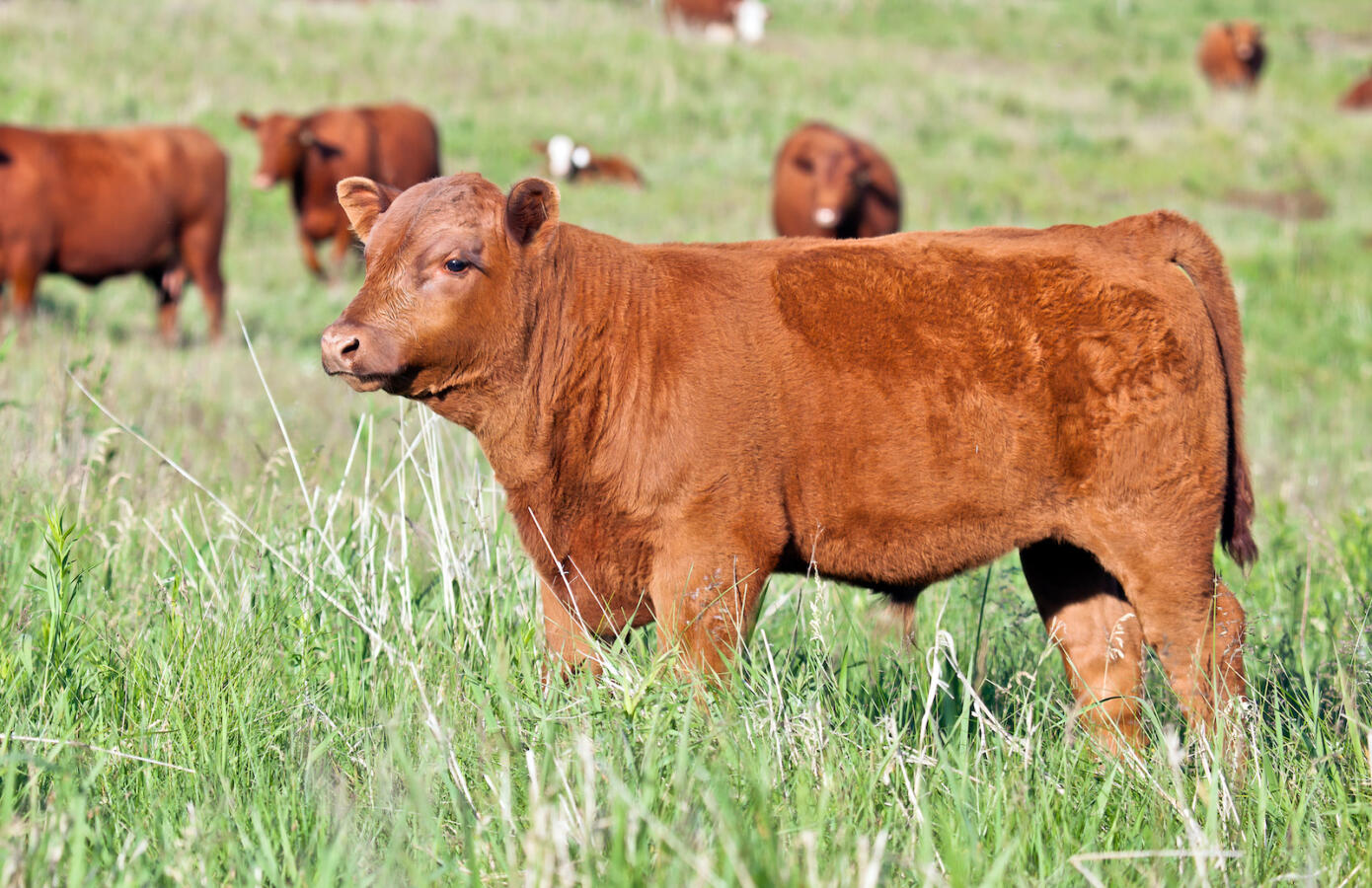With Purim in the rearview mirror, Jews who observe the annual cycle of holidays may now be setting their sights on Passover. That’s especially true for those who clean, kosher and otherwise transmogrify their homes in observance of the leaven-free holiday. Oy, time to start using up the Girl Scout Cookies …
Passover and Purim are quite different thematically. Purim is a holiday of absurdity, inversion, carnival and randomness — its very name means “lottery” after all, and its preposterous narrative is like something out of an HBO series. But for a few coincidences and accidents (or, in the traditional interpretation, miracles), all would have been lost.
Passover, on the other hand, is serious business. Slavery into freedom. The beginning of the Israelite people, through the birth canal of the Red Sea and into the womb of the desert. The Passover narrative isn’t filled with random plot twists; it’s filled with a God who intervenes in history, an all-too-human villain and a fascinating (if flawed) protagonist. Nothing here happens by accident. Justice is served. All is ordained.
And yet, chaos can’t be so easily contained. The forcing of order upon chaos is arguably the constitutive movement of biblical theology. God separates light from darkness. The Israelites separate pure from impure. Historically, the biblical creation story alludes to the primordial slaying of the sea goddess Tiamat by the sky god Marduk. In the Hebrew Bible, Tehom is vanquished by the sky god Yahweh. The unruly ocean is neatly divided and contained.
With your help, My Jewish Learning can provide endless opportunities for learning, connection and discovery.
Except that it isn’t. “Chaos reigns,” as the fox says in Lars von Trier’s aptly titled Antichrist, a film about the impossibility of imposing order on a world of disorder. There’s always leakage in the biblical project, from the ecstatic Israelite dances around the Golden Calf to the persistence of sorcerers, witches, and magical beings in the Books of Samuel, Daniel and, arguably, Jonah. Polytheism is never eradicated, except in the dreams of some biblical writers. Statues of Yahweh and “His” Asherah are some of the oldest artifacts in the Near East. Even today, paganism — etymologically, the term simply refers to religions of “rural” people who lived closest to nature — continues to pull apart the stones of Western religion. What, again, is a Christmas tree, exactly?
In the fundamentalist imagination, these vestiges of disorder are meant to be eradicated. Liminal spaces are terrifying. Non-normative or non-conforming genders and gender roles either don’t exist or are designated as taboos and punished by death — or somehow, as in contemporary Jewish and Christian fundamentalism, both. And not coincidentally, this fundamentalism is frequently joined with a binary ultra-nationalism that divides the world into us and them, good and evil, chosen and other. Ironically, the proponents of such fundamentalisms frequently insist they are bastions of morality, even as their violence toward those on the wrong side of their binaries is unethical in the extreme.
To be sure, there are sources for this fundamentalism at the heart of Jewish tradition. Yet there are also sources for a different form of religious consciousness that makes room for difference, variation, multiplicity, uncertainty and pluralism. Even within normative Jewish theology, there are accommodations of qualities often relegated to idolatry.
Coincidentally, one of those spaces exists within the Torah portion read this week in synagogues on Shabbat Parah (the “Sabbath of the Cow”): the commandments regarding the red heifer, the quintessentially inexplicable and non-rational cultic observance. Nothing about the red heifer makes sense or conforms to rationalist understanding. How does the sacrifice of a perfectly red bovine transcend and transgress the boundaries of pure and impure? How does it render purity while conferring impurity? And what even is purity — a misleading term, since it has a scientific meaning in English that tehorah lacks in the Hebrew? And why a red (or reddish-brown) cow anyway?
In a sense, Shabbat Parah is more Purim than Passover. It seems entirely random, as if pointing, like Purim, to the irreducible nonsensicality of the human condition. It allows for the primal need for expiation and catharsis, and acknowledges that these profound drives really have no physical or rational basis. The red heifer is the essence of ritual — it makes no sense, and makes all the sense in the world.
The point here is not that all of life is random: On the contrary, the imperatives to pursue justice, to reduce suffering and to protect the vulnerable are not random at all. They are oriented toward goodness. That dream is often one of hope, compassion and purpose — shaping the world in the image of our conscious moral imagination. Yet sometimes it is a less conscious dream of myth, ritual, and magic. Sometimes it does not conform to binaries and boundaries. And that too has a place in the sanctuary of the holy.
This article initially appeared in My Jewish Learning’s Shabbat newsletter Recharge on Mar. 11, 2023. To sign up to receive Recharge each week in your inbox, click here.



